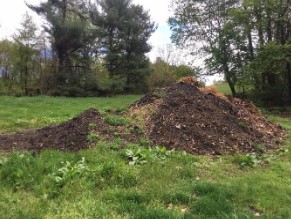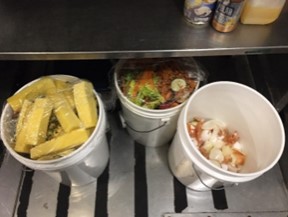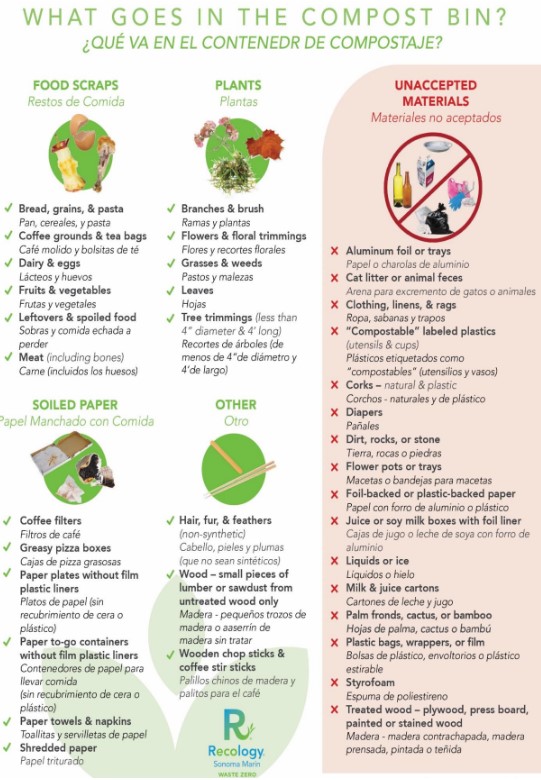By Marianne Comfort, Mercy Justice Team
Transportation is now the largest cause of greenhouse gasses in the U.S., accounting for 33% of all emissions. Most of that is due to suburban sprawl and the country’s car culture.
Public transportation produces significantly lower greenhouse gas emissions per passenger mile than private vehicles, according to the U.S. Department of Transportation. For instance, a bus with 28% of its seats occupied emits one-third less greenhouse gas per passenger mile than the average single-occupancy vehicle; when the bus is full, it saves 82% of emissions compared to a private car.
Green Tip
Check the internet for the bus schedule in your community. You will most likely find routes and timetables there, as well as a “trip planner tool” that you can use to find out how to get from Point A to Point B at a given time. It might look something like this:

Under “more options,” you can indicate what time you want to leave your departure point or to arrive at your destination.
See what options you have for getting to work, to church or to other frequent destinations, and invite a friend or family member to join you on an outing to try it out.


